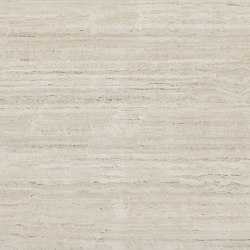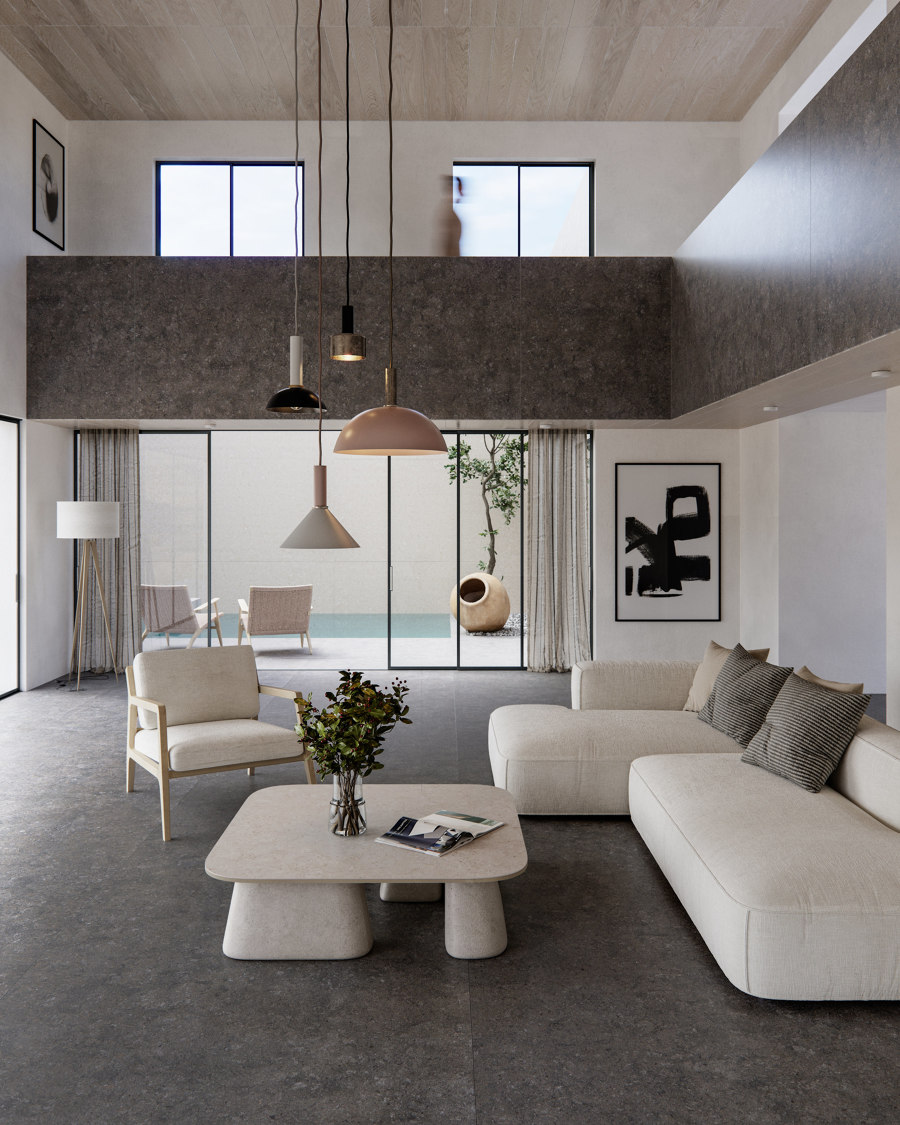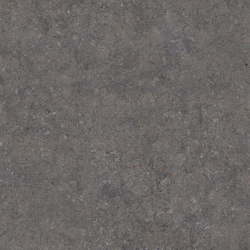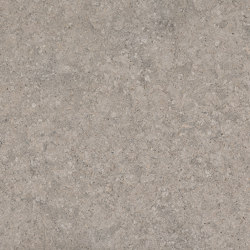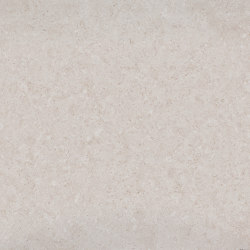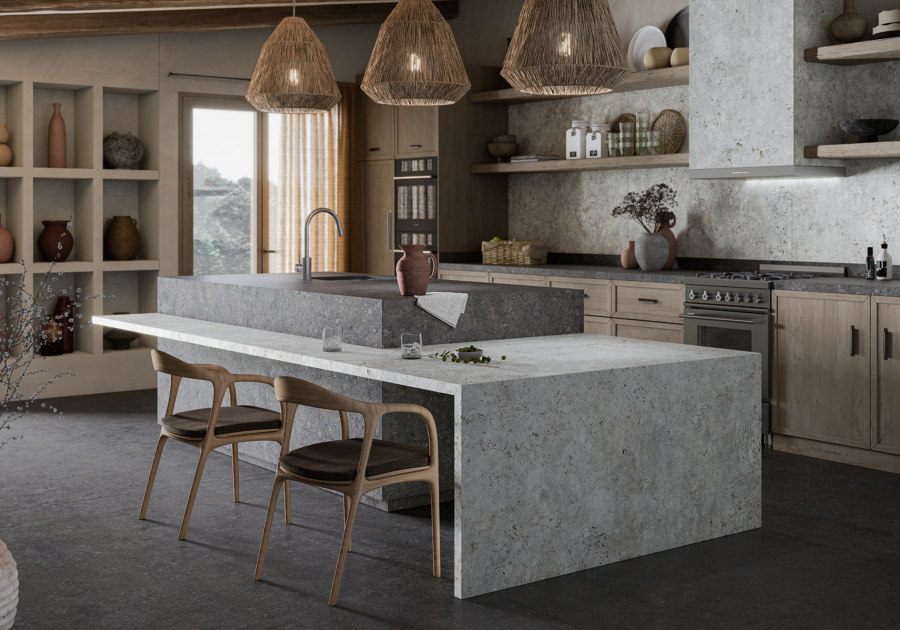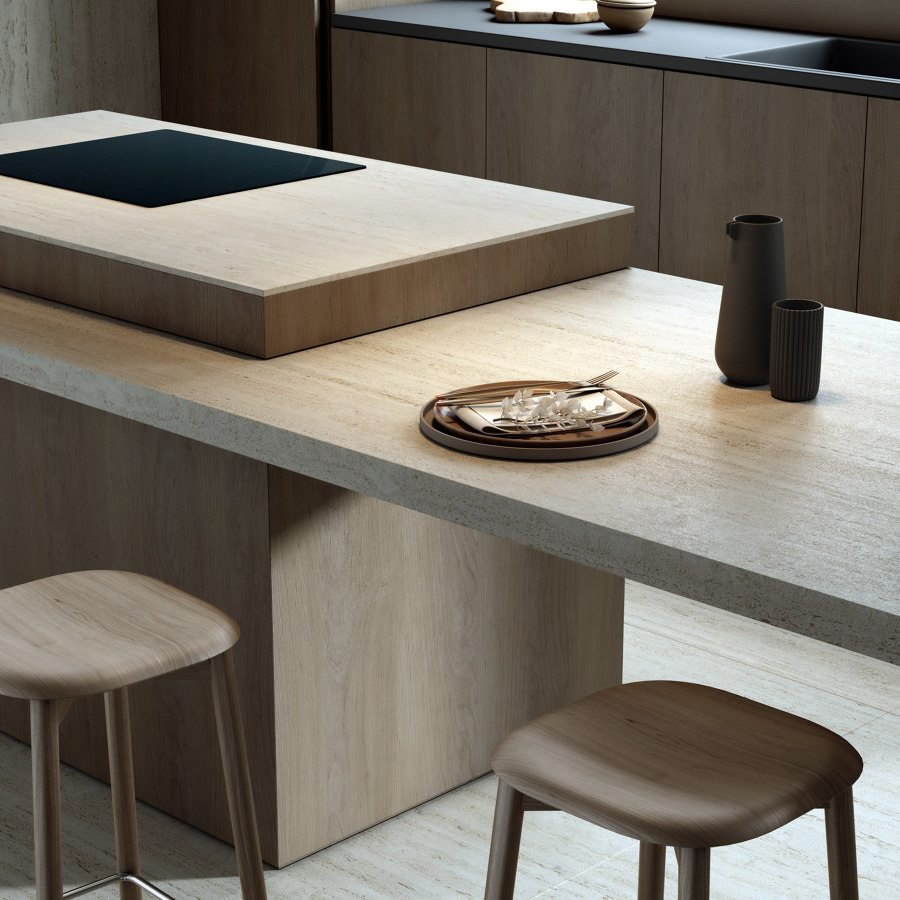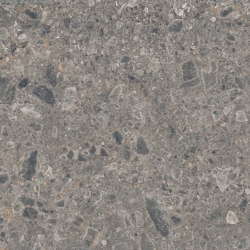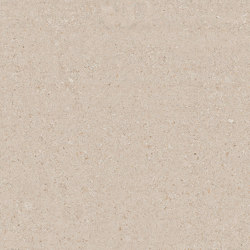Cosentino's versatile carbon-neutral surfaces
Historia de la marca de Tom Howells
Cantoria (Almería), España
07.07.23
Its carbon-neutral, super-durable Dekton surface designs may be inspired by the past but sustainable Spanish specialist Cosentino also has the future fully in focus…
Cosentino’s Dekton surfaces are hyper-compacted amalgams of 20 minerals and other natural materials. Its new Pietra Koda range is especially serene; designed in thrall to Vetruvius’s design principles and the stones of Italian antiquity
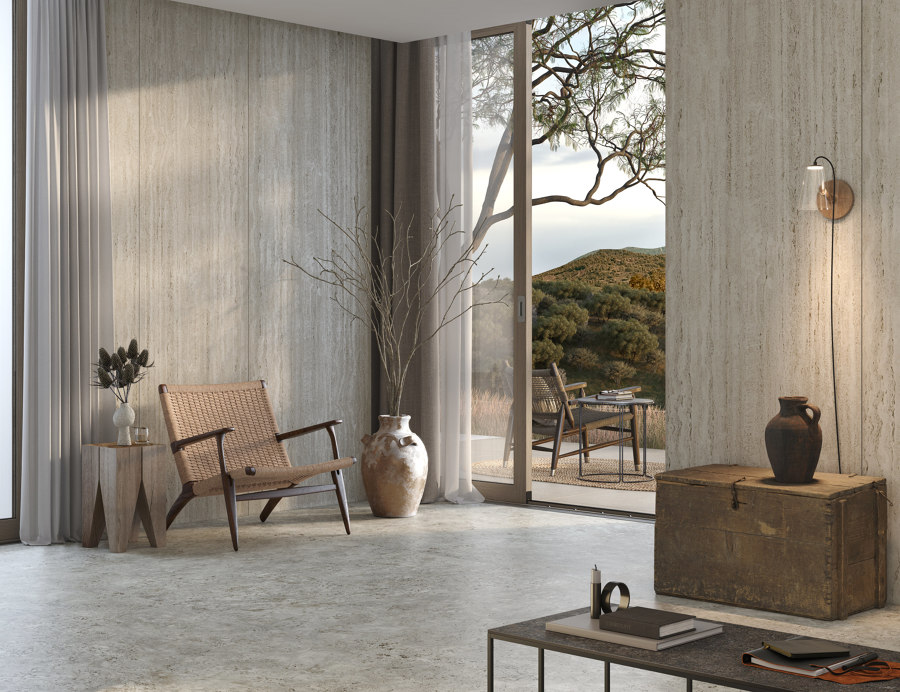
Cosentino’s Dekton surfaces are hyper-compacted amalgams of 20 minerals and other natural materials. Its new Pietra Koda range is especially serene; designed in thrall to Vetruvius’s design principles and the stones of Italian antiquity
×What if you could take the verisimilitude of natural stone, and imbue it with a modern versatility and functionality, across a multitude of domestic contexts? That’s the ethos at the heart of Dekton, the ‘technical ultracompact stone’ by the sustainable Spanish surface company Cosentino. This, they say, is stone ‘decoded’ (or, in pithy Dekton parlance, ‘dekoded’).
Poetically obtuse that might sound – but Dekton is as structurally nuanced as it is visually ascetic. It’s made from 20 minerals and recycled natural materials combined through a process called sintering whereby heat and intense compression are used to coalesce the particles into an ultracompact, defect-free composite using 25,000 tons of uniform pressure (in more surreal terms, that’s 2.5 times the weight of the Eiffel Tower).
Being both hyper-durable and aesthetically versatile, Dekton’s surfaces can be applied across myriad contexts, indoors and out – evidenced here in the Vietra Kode sub-collection’s VK04 Grafite, a reinterpretation of dark natural limestone
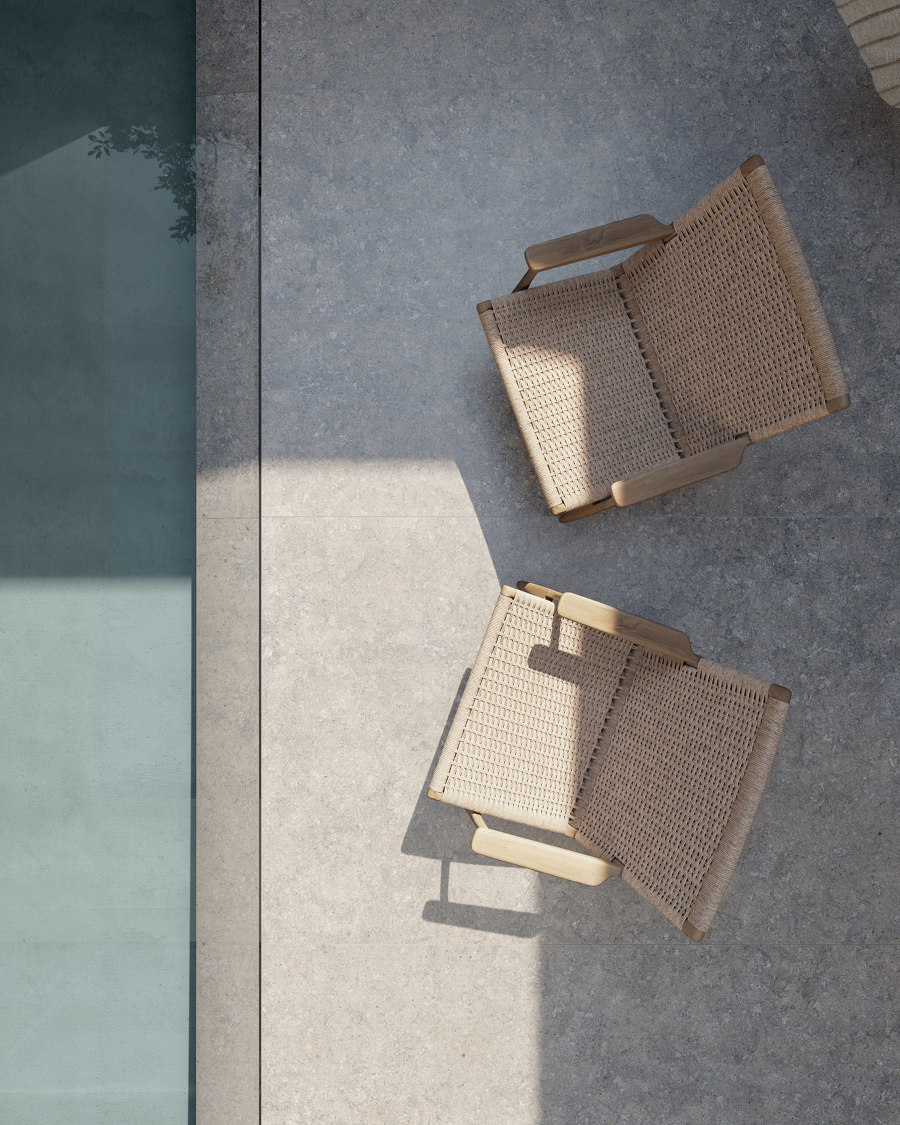
Being both hyper-durable and aesthetically versatile, Dekton’s surfaces can be applied across myriad contexts, indoors and out – evidenced here in the Vietra Kode sub-collection’s VK04 Grafite, a reinterpretation of dark natural limestone
×A myriad of domestic and commercial uses
The result? A hyper-durable material, suitable for myriad domestic and commercial uses, both indoors and out: from interior floors, kitchen and bathroom surfaces, table tops and furniture, to exterior facades and even BBQ cladding. It’s more abrasion resistant than granite; hits 7/10 on the Mohs scale for hardness; and near impossible to stain due to its low porosity, which in turn keeps the efforts needed towards upkeep to a minimum. ‘If it’s a dream to have natural stone in your home, bathroom, living room or outdoor space – you can have it,’ says Rocío Serrano Carrillo, Cosentino content editor. ‘But now you don’t have to be worried about the maintenance, or if the colour will change after a few years.’
This, they say, is stone ‘decoded’
It can be seen in the clean lines and serene ambience of this contemporary home in Madrid, in the residential amalgam of ‘the Sahara and Norway’ for one of the latter’s most feted dance stars, and in a striking bespoke dining table for UK brand Abacus Tables. Compared to conventional stone, the advantages are clear: a seamless melding of enduring function and beautiful form (not least as it’s available in 72 variations, broaching marblesque, metallic, brutalist and muted naturalistic hues).
Vietra Kode channels the Vicenza stone used extensively by Palladio across his totemic 16th-century palaces and villas. VK03 Grigio (top) and VK01 Nebbia (bottom) both echo the macrofossil-laced substrata of Grigio Alpi
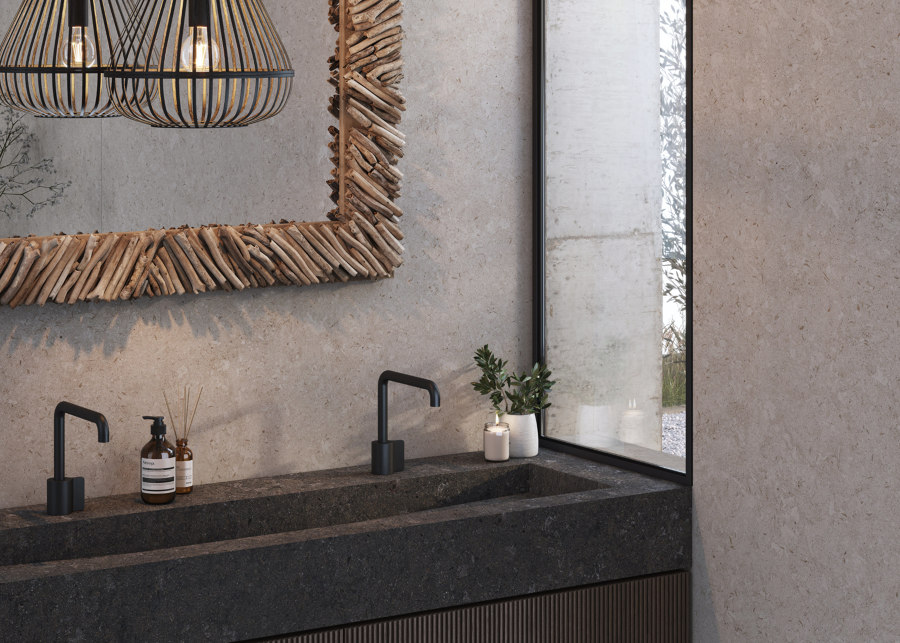
Vietra Kode channels the Vicenza stone used extensively by Palladio across his totemic 16th-century palaces and villas. VK03 Grigio (top) and VK01 Nebbia (bottom) both echo the macrofossil-laced substrata of Grigio Alpi
×Classical and strikingly modern
This is particularly apparent in Dekton’s new Pietra Kode collection – conceived by the Argentinian-born, Phoenix-based architect and designer Daniel Germani. Across three iterations, the collection reconfigures the historically formative Italian stones of Vicenza, Travertino and Ceppo into contemporary forms; mirroring the colours and textures of the period to create materials that skew both evocatively classical and strikingly modern. As a concept, it makes sense: those stones’ timeless and minimalist utility are utterly appropriate to today’s aesthetic and material demands. (In keeping with the Romanesque theme, Germani has embraced Vitruvius’s three evergreen architectural principles – of strength, beauty and functionality – as the philosophical bedrock for his designs.)
‘We haven’t created anything new, if we’re talking about beauty or aesthetics. But with functionality? We have invented everything’
Take the Vicenza Kode sub-collection, which reinterprets the classic stone of Vicenza, famed as the ‘city of Palladio’ in reference to the totemic Renaissance architect and his profusion of villas there during the Cinquecento period. Its three, fine-grained colourways include VK01 Nebbia – a white-cream base with taupe elements, channelling the texture of Grigio Alpi, a microfossil-laced stone quarried since Roman times and used extensively by Palladio.
The Travertine Kode set’s TK05 Sabbia is cooly offset with VK04 Grafite (top); the Romanesque TK06 Maromorio in table form (middle); Ceppo Kode’s Milanese-style GK07 Ceppo and the beige, Veneto-area homage of VK02 Avorio make fine foils (bottom)
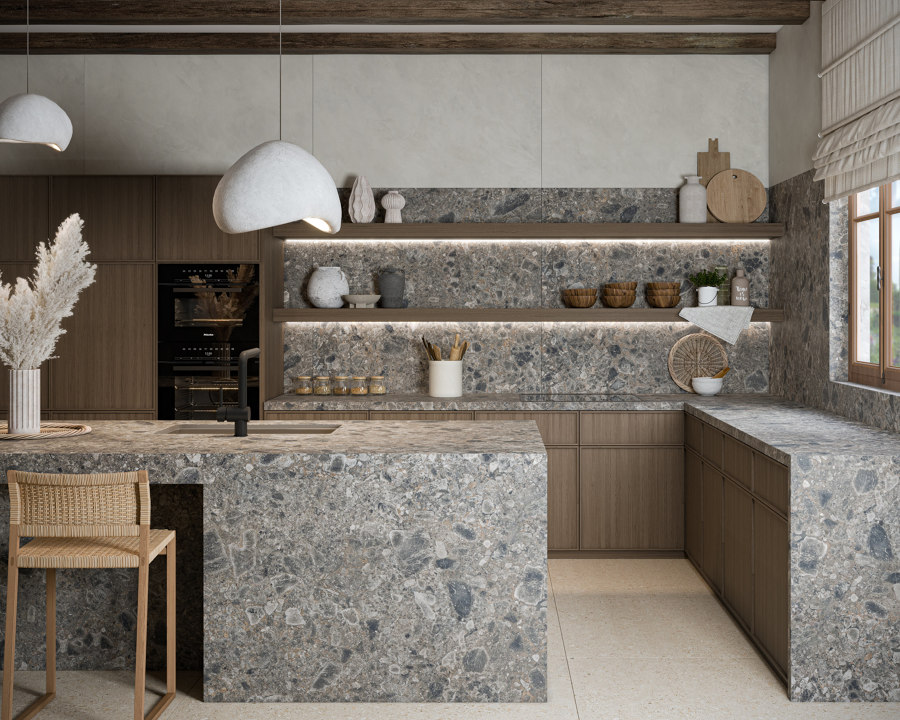
The Travertine Kode set’s TK05 Sabbia is cooly offset with VK04 Grafite (top); the Romanesque TK06 Maromorio in table form (middle); Ceppo Kode’s Milanese-style GK07 Ceppo and the beige, Veneto-area homage of VK02 Avorio make fine foils (bottom)
בTravertine Kode’, meanwhile, is more textural, an up-to-date take on the traditional limestone associated with fine Romanesque art; its TK05 Sabbia strata has an erratic patterning for nuance, while TK06 Marmorio is striped and lightweight, taking inspiration from the Travertino Navona stone quarried near Tivoli. Finally, GK07 Ceppo Kode evokes the blue-grey stone synonymous with Milanese architecture (now perfectly suited to anything from rugged and pastoral to bona fide avant-garde aesthetics).
A serene outdoor setting for Vietra Kode’s VK02 Avorio and VK04 Grafite. ‘Dekton is not natural stone,’ says Cosentino’s Rocío Serrano Carrillo, ‘but it’s created with natural things, and it's a natural result’

A serene outdoor setting for Vietra Kode’s VK02 Avorio and VK04 Grafite. ‘Dekton is not natural stone,’ says Cosentino’s Rocío Serrano Carrillo, ‘but it’s created with natural things, and it's a natural result’
×Elegant antiquity and a progressive future
Paired with the fact that Dekton is the world’s only carbon-neutral, cradle-to-grave surface on the market – 100% of the company’s C02 emissions are offset, and all of the production process’s electricity is drawn from sustainable sources – and you’ve got a collection with feet placed firmly in both elegant antiquity and a progressive future.
‘Dekton is not natural stone, but it’s created with natural things, and it's a natural result,’ concludes Carrillo. ‘We haven’t created anything new, if we’re talking about beauty or aesthetics. But with functionality? We have invented everything.’
Photos: Adam Mørk
© Architonic
Head to the Architonic Magazine for more insights on the latest products, trends and practices in architecture and design.


